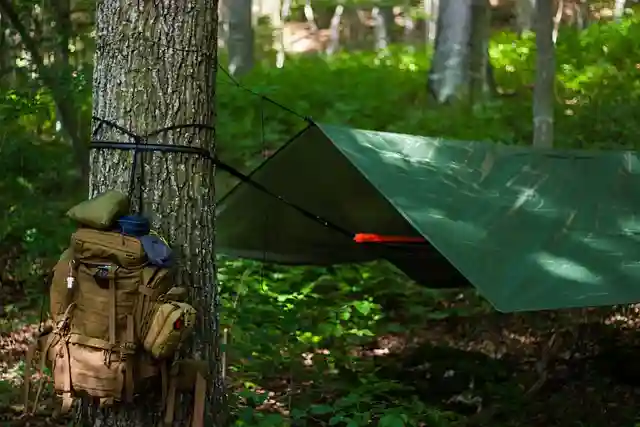For those who love the thrill of adventure, mountain climbing is a popular activity that can provide an exciting challenge. However, it also requires proper preparation to ensure safety during the journey. One must be equipped with knowledge on wilderness survival techniques to navigate through nature’s toughest terrain. Here are some tips for forest and jungle survival, desert survival, mountains navigation, water conservation in wilderness areas, wildlife encounters, and basic gear essentials for wilderness survival.
Forest and Jungle Survival
In case you get lost or stranded in a dense forest or jungle area, there are certain things you need to do to increase your chances of survival. Firstly, stay calm and assess your situation. Look around for any sources of food, water, shelter, and fire-starting materials. Build a shelter using natural resources like leaves, branches, and vines to protect yourself from the elements. Start a fire if possible to keep warm and signal for help. Do not drink untreated water from streams or rivers as it may contain bacteria or parasites. Instead, collect rainwater or melt snow for drinking purposes.
Desert Survival
Surviving in a desert environment requires different strategies compared to other terrains. The key is to conserve body fluids by limiting physical activities and avoiding exposure to direct sunlight. Drink plenty of water even if you don’t feel thirsty. Use shade or wear clothing to cover exposed skin. Carry extra water supplies and food rations in case they run out. Avoid walking at night when temperatures drop significantly. If you encounter a sandstorm, take refuge in a low-lying area where wind speed decreases.
Mountains Navigation
Climbing a mountain presents its own set of challenges such as altitude sickness, extreme weather conditions, and steep slopes. To navigate safely through this terrain, one needs to have good map reading skills and know how to use a compass. Always carry a topographic map and compass along with you. Plan your route carefully before starting the climb and stick to it unless necessary changes arise. Be aware of changing weather patterns and adjust accordingly. Stay hydrated by drinking lots of water throughout the day. Take breaks frequently to rest and regulate breathing.
Water Conservation in Wilderness Areas
Conserving water while exploring wilderness areas is crucial for survival. You should always bring enough water supply but also look for alternative sources. Collect rainwater or melt snow for drinking purposes. Avoid wasting water by minimizing showers and brushing teeth with minimal amounts. Reuse water whenever possible by cleaning dishes or clothes with it. Don’t drink unclean water from ponds, lakes, or streams without treating it first. Boiling, filtering, or chemically disinfecting water are effective ways to make it safe for consumption.
Wildlife Encounters – Staying Safe While Exploring
Nature is full of fascinating creatures, but it’s essential to respect their territory and maintain distance. Never approach or feed wild animals as they may view humans as a threat. Keep noise levels down so as not to startle them. Follow Leave No Trace principles by packing out trash, leaving campsites cleaner than you found them, and avoiding damaging vegetation. Know how to identify dangerous plants and animals and educate yourself about their behavior. Carry a first aid kit and know how to administer emergency care in case of injuries.
Basic Gear Essentials for Wilderness Survival
Here are some essential items to include in your backpack for wilderness survival:
1. Map and Compass
2. Water Supplies (at least 3 liters per person)
3. Shelter (such as tent or tarp)
4. Fire Starters (matches, lighter, flint and steel)
5. Food Rations (non-perishable and high-energy snacks)
6. Multi-tool or Knife
7. Whistle or Signaling Device
8. Extra Clothing and Footwear
9. Headlamp or Flashlight
10. First Aid Kit
By following these guidelines and being prepared, you can enjoy your next adventure in the great outdoors while ensuring your safety and wellbeing.
